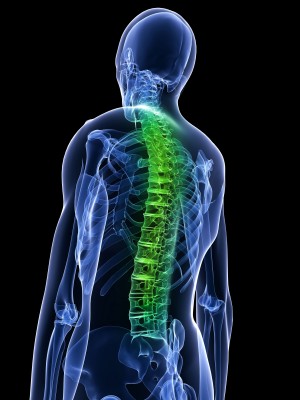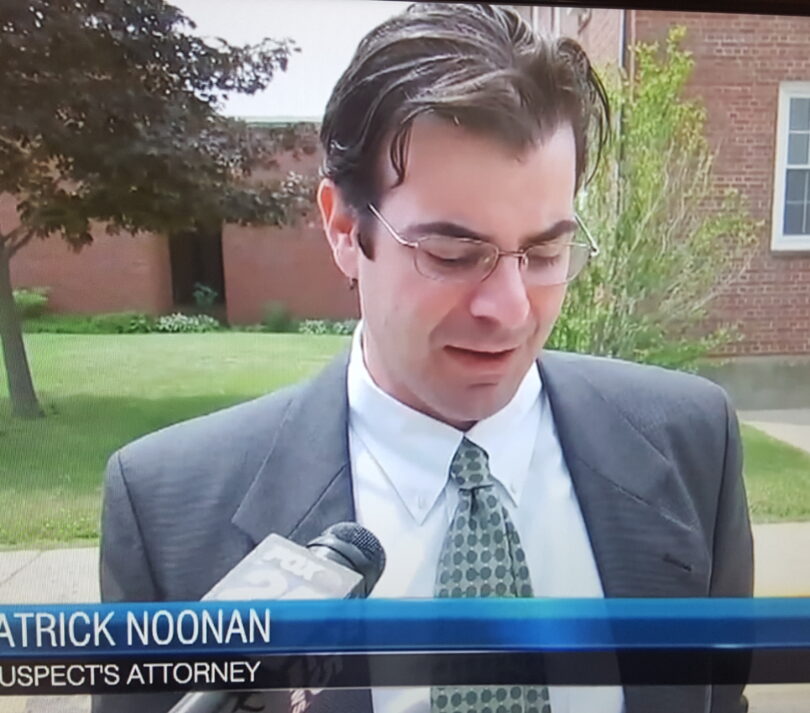
Weymouth Car Accident and Spinal Cord Injury Attorneys
Car accidents are a leading cause of spinal cord and back injuries. Even slow-speed crashes can cause the head and spine to whip suddenly and violently, causing serious injuries to nerves and tissues. Spinal cord injuries generally fall into one of two medical classifications — complete and incomplete:
- Complete Spinal Cord Injuries. This type of injury is the most serious and results in paralysis below the level of the injury. Currently, there is no cure for these types of spinal cord injuries if they result in dead tissue and and the patient will experience permanent loss of function in the areas affected.
- Incomplete Paralysis. A victim suffering from an incomplete spinal cord injury has some degree of functionality below the primary level of the injury. Victims of incomplete spinal cord injuries are often able to make full recoveries, although the rehabilitation process can be long and difficult.
Head-On Collisions Are The Most Dangerous Type Of Vehicle Accidents
Head-on collision car accidents are regarded as the most dangerous type of vehicle accident. Although head-on collisions don’t account for many of the car accidents that occur on our roadways (2 percent of all accidents are head-on crashes) a great deal of these crashes do account for a large number of motor vehicle related fatalities (head-on car collisions account for ten percent of all roadway fatalities).
75 percent of all head-on collisions occur on rural/back roads. Statistics indicate that most front-end collisions are caused by alcohol/drugs, falling asleep at the wheel, speeding, or distracted divers. In response to these causes both federal and state officials have implemented several strategies to get the attention of the distracted operator or awaken the dozing driver. Rumble strips are often installed across the centerlines of rural back roads, as are those thermoplastic reflection strips.
A head-on collision is one of the scariest events anyone can experience. When two automobiles weighting an average of 2 tons collide into each other serious injuries almost always result. The greater the speeds involved, the more severe the injuries. If two automobiles weighing 2 tons apiece traveling 40 miles per hour each crash into each other the occupants of each car will experience an impact equivalent to an eighty mile per hour collision. This combined force is a major contributing factor to fatal car accidents. [The Danger Of Speed And The Force of Head-On Collisions]
Seat-belts and airbags are often incapable of preventing the types of injuries generated from such impacts. The occupants in the front of the car often suffer the greatest injuries. Impact with the steering column or windshield, severe whiplash and getting crushed under the front end of the compacted car can lead to all kinds of injuries. Broken bones, strains, sprains and lacerations are the norm and in extreme cases accident victims suffer brain and spinal cord injuries, permanent disfigurement/dismemberment and even fatal car accident injuries.
The physical and emotional trauma that results from a car accident can be devastating. This stressful situation is often exacerbated by the confusion and aggravation that comes when dealing with the insurance companies after the accident. You may begin to question whether or not you will ever receive compensation for your medical bills, lost wages and pain and suffering.
Get the Compensation You Need — and Deserve. Schedule Your Free Consultation With A Weymouth Car Accident Attorney
Our knowledgeable and experienced Massachusetts car accident attorneys at The Law Offices of Gerald J. Noonan are available to assist clients throughout all of Southeast Massachusetts. No matter where you are located, we are just a phone call away. Call our law offices today to schedule your free, no-obligation case review and consultation at (508) 588-0422 and you will have taken your first step to find out how best to confront this important matter so you can focus on your recovery. You can also click here to use our Free Case Evaluation Form.
More About Spinal Cord and Back Injuries




